The Beauty of Books - Season 1
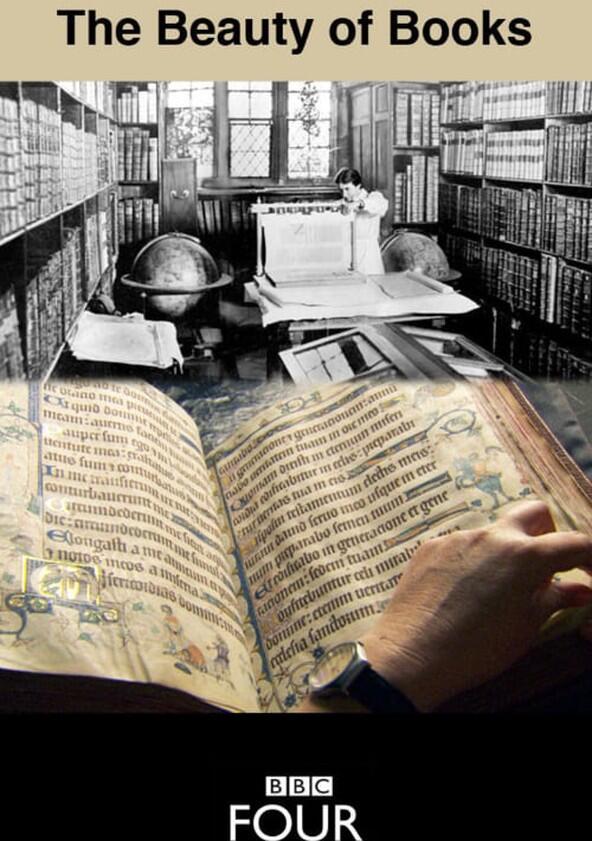
Season 1

Episodes
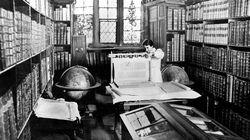
Ancient Bibles
The British Library in London is home to 14 million books, on shelves that stretch over 600km. Extraordinary vessels of ideas and knowledge, they testify to the love affair we have with books. This series explores the enduring appeal and importance of books from a 4th century bible to present day paperbacks.
The Codex Sinaiticus is the world's oldest surviving bible. Made around 350 AD, it is a unique insight into early Christians and their effort to find a single version of the biblical text that everyone could accept - a bible fit for the Roman Empire. 800 years later, an illuminated bible rich in gold and lapis lazuli and produced in Winchester, recalls a time when bibles were at the centre of the Church's struggle with the State for ultimate authority.
Both of these bibles are works of art and remarkable achievements in book technology. They are also annotations on the political era in which they were created, providing fascinating commentary on the life of Jesus and the murder of Thomas Becket.
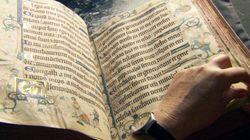
Medieval Masterpieces
The medieval era was the heyday of illuminated manuscripts. In the 14th and 15th centuries, there was a flowering of religious texts set into beautifully decorated pages. Among these devotional books were psalters, or books of psalms. Hundreds of these were produced, but the Luttrell Psalter is remarkable for its whimsical, humorous and vivid pictures of rural life and a demonic world that is terrifying and grotesque.
This period also saw the development of literature in English. The great Geoffrey Chaucer, often called the father of English literature, took the bold decision to reject literary convention and write in English. His brilliant, bawdy satire the Canterbury Tales became a medieval bestseller and, as a result, when William Caxton set up his first printing press in London, he chose Chaucer's tales as his first major English publication.
These wonderful books contain clever, often mysterious references for their readers and are crucial milestones in the story of the book, charting the last phase of the manuscript and the arrival of the printed book.
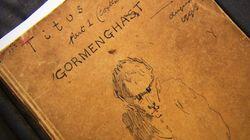
Illustrated Wonderlands
The Victorians were masters of illustrated books, especially for children. Thanks to an emerging middle class readership, new printing technology and a sentimentalised regard for childhood, fairy tales and fantasy fiction containing words and pictures grew into an established genre.
First published in 1865, Alice in Wonderland by Lewis Carroll was one of the most remarkable books of the period, a combination of the genius of Carroll's nonsense verse and prose and the meticulously detailed illustrations of John Tenniel. Creating a handshake on the page, they formed an inseparable bond that has since become a cultural phenomenon. But beyond Tenniel, Carroll's masterpiece has been illustrated hundreds of times by artists like Salvador Dali, Ralph Steadman and Mervyn Peake, all creating their own distinctive Wonderlands. Peake was also a talented writer, and his Gormenghast trilogy of 1946 is an illustrated series of fantasy novels that re-interpreted the genre in the 20th century.
Today, illustrated or 'picture' books are still thriving for the youngest readership. The Gruffalo by Julia Donaldson and Axel Scheffler reveals how the genius of the writer and illustrator partnership continues to enthral and enrich the story of the book.
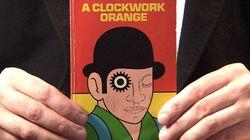
Paperback Writer
The paperback book democratized reading in the 20th century, and printing directly onto the covers became a way of selling a book in the mass market.
Nineteen Eighty-Four by George Orwell was a book written in and for this era, emerging as a paperback in 1954. Its changing cover design reflects each decades approach to selling the book to new readers: from its classic 50s Penguin cover to the latest design from Jon Gray, they are signs of our times.
As an example of how cover design has become art, the iconic 'cog eye' design by David Pelham of Anthony Burgess's A Clockwork Orange has permeated society since the first paperback of 1972.
Bringing the story of the book up to the 21st century, the arrival of electronic readers has sent traditional publishing into a tailspin. The paperback and its cover design has been replaced by the concept of mass storage and electronic pages. As this new technology gains new fans the paper book comes under renewed scrutiny. Whether society accommodates both ways of disseminating knowledge in the future depends on our continued devotion to good writing, editing and design.
Recently Updated Shows

Saturday Night Live
Saturday Night Live is an Emmy Award-winning late-night comedy showcase.
Since its inception in 1975, "SNL" has launched the careers of many of the brightest comedy performers of their generation. As The New York Times noted on the occasion of the show's Emmy-winning 25th Anniversary special in 1999, "in defiance of both time and show business convention, 'SNL' is still the most pervasive influence on the art of comedy in contemporary culture." At the close of the century, "Saturday Night Live" placed seventh on Entertainment Weekly's list of the Top 100 Entertainers of the past fifty years.
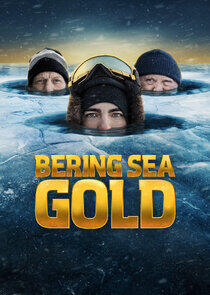
Bering Sea Gold
In the frontier town of Nome, Alaska, there's a gold rush on. But you've never seen gold mining like this before -- here, the precious metal isn't found in the ground. It's sitting in the most unlikely of places: the bottom of the frigid, unpredictable Bering Sea. And there are a handful of people willing to risk it all to bring it to the surface in Bering Sea Gold.

Gold Rush: White Water
Gold miners Dakota Fred and his son Dustin are back - returning to McKinley Creek Alaska, determined to make a fortune no matter the risk. But to find the big gold payout, they'll put their lives on the line by diving deep beneath the raging waters of one of Alaska's wildest creeks.

Monarch: Legacy of Monsters
After surviving Godzilla's attack on San Francisco, Cate is shaken yet again by a shocking secret. Amid monstrous threats, she embarks on a globetrotting adventure to learn the truth about her family—and the mysterious organization known as Monarch.
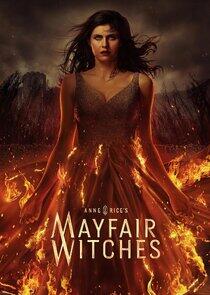
Anne Rice's Mayfair Witches
Anne Rice's Mayfair Witches centers on an intuitive young neurosurgeon who discovers that she is the unlikely heir to a family of witches. As she grapples with her newfound powers, she must contend with a sinister presence that has haunted her family for generations.